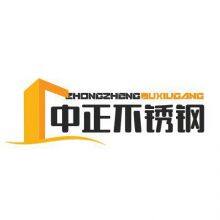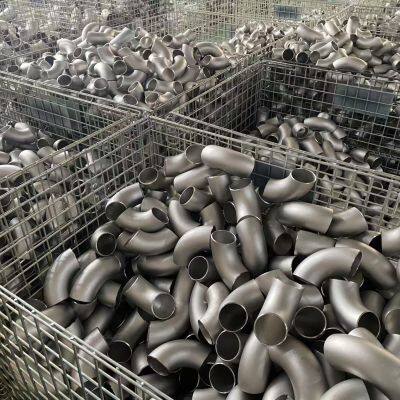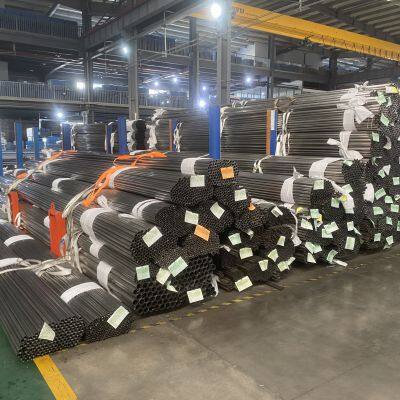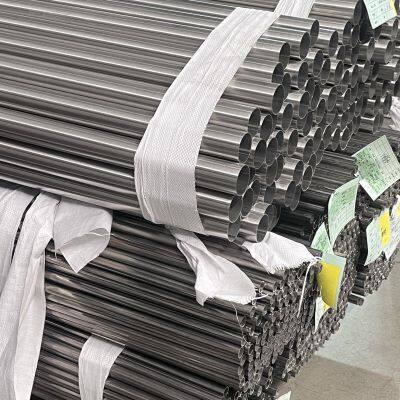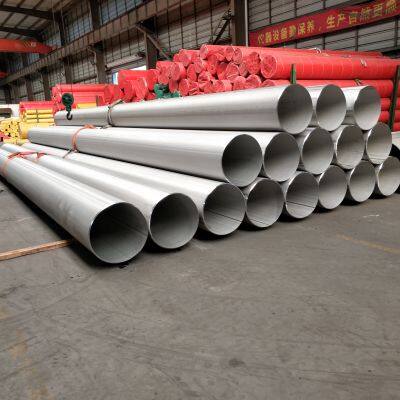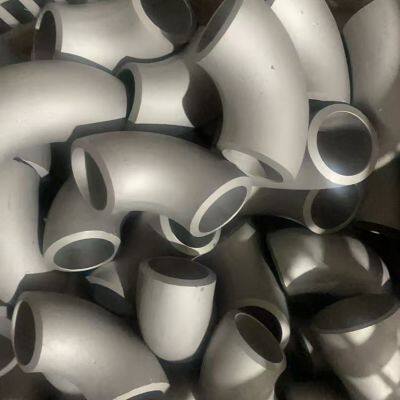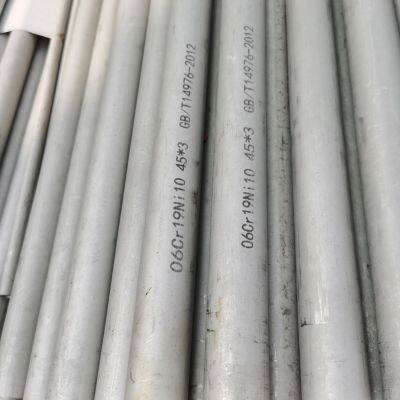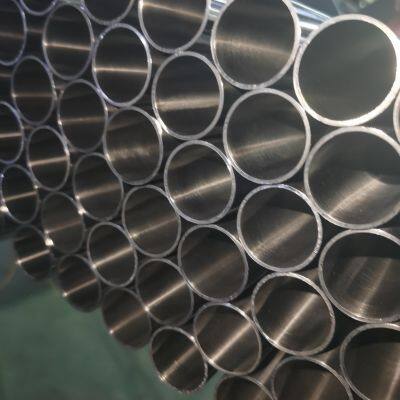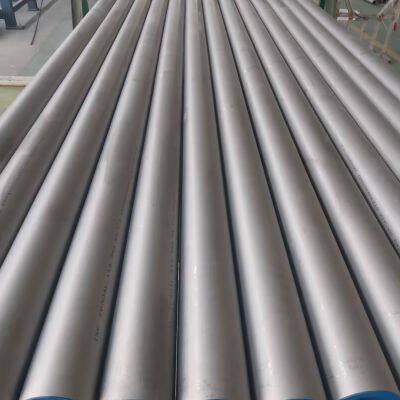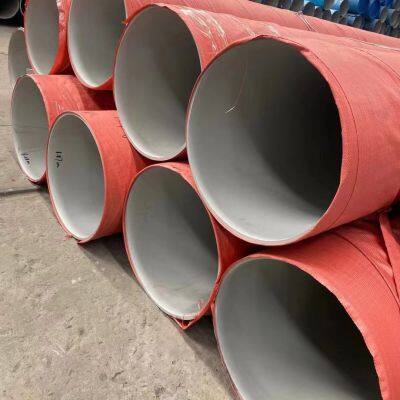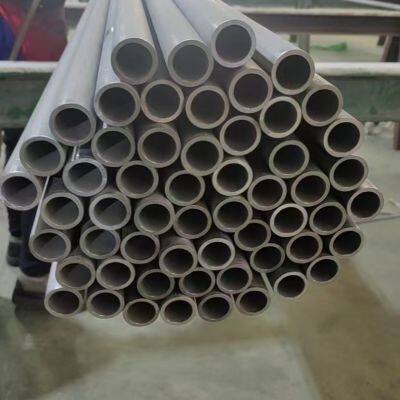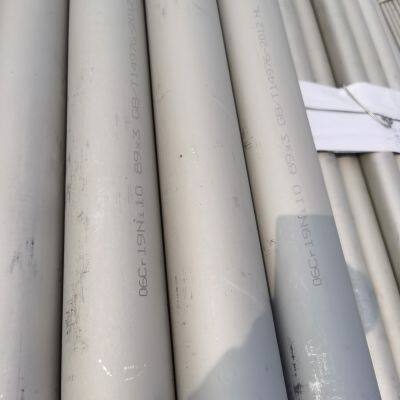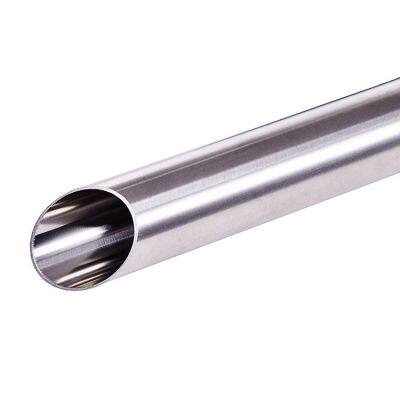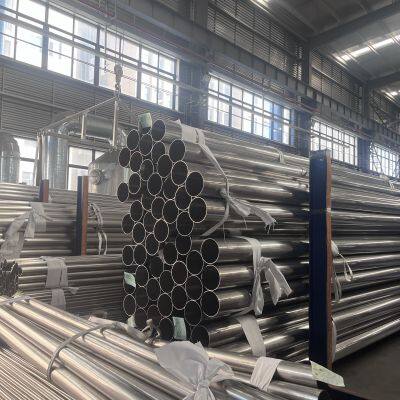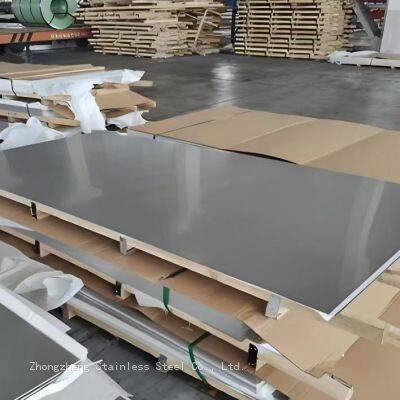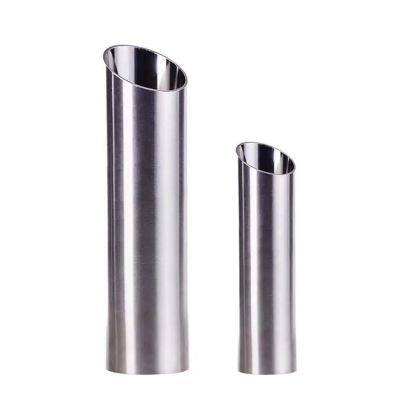S25073 Technical Requirements for Stainless Steel Heat Exchanger Tubes Purchase
I. General Provisions
1. This technical requirement specifies the procurement technical standards for S25073 stainless steel heat exchange tubes, including but not limited to requirements for materials, dimensions, performance, manufacturing process, inspection and testing, packaging and transportation, etc.
2. The supplier should have rich production experience and good reputation. The heat exchange tubes provided by the supplier must comply with this technical requirement as well as relevant national standards and industry standards.
3. If the supplier has any objections to the provisions of this technical requirement, they should clearly state it in the tender document and provide detailed explanations of their proposed alternative solutions and reasons.
II. Material Requirements
(1) Chemical Composition
1. The chemical composition of S25073 stainless steel heat exchange tubes should meet the following standard requirements (weight percentage): carbon (C) ≤ 0.03%, silicon (Si) ≤ 0.80%, manganese (Mn) ≤ 1.2%, chromium (Cr): 24 - 26%, nickel (Ni): 6 - 8%, sulfur (S) ≤ 0.02%, phosphorus (P) ≤ 0.035%, molybdenum (Mo): 3 - 5%, nitrogen (N): 0.24 - 0.32%. The various elements are mutually coordinated to ensure that the heat exchange tubes have good corrosion resistance and high strength, etc.
2. The supplier should provide a chemical composition analysis report for each batch of materials. The report should be accurate and clear, and issued by a qualified third-party testing institution.
(2) Material Quality
1. The raw materials should be high-quality S25073 stainless steel and shall not use recycled materials or materials with poor quality. The materials should have good uniformity and no obvious segregation, inclusions, etc.
2. The manufacturing process of the heat exchange tubes should be strictly controlled to ensure that the material's performance is not damaged during processing. For example, during the hot processing, the heating temperature, time, and cooling speed should be controlled to avoid deterioration of the material's structure and performance due to overheating or overcooling.
III. Dimension Requirements
(1) Outer Diameter and Wall Thickness
1. The outer diameter and wall thickness of the heat exchange tubes should comply with the relevant standards and specific provisions in the procurement contract. For example, in the ASTM A790 standard, for seamless tubes within different size ranges, there are specific numerical requirements for the allowable deviations of outer diameter and wall thickness. Generally, the outer diameter tolerance is controlled within ±0.5% - ±1.0%, and the wall thickness tolerance is controlled within ±10% - ±12.5%. The supplier should strictly control the dimensional deviations in accordance with the standards and contract requirements to ensure the dimensional accuracy of the products.
2. For special-sized heat exchange tubes, the tolerance requirements for outer diameter and wall thickness should be separately agreed upon in the contract and strictly implemented in the production process.
(2) Length
1. The length of the heat exchange tubes should comply with the requirements of the procurement contract. The length tolerance is generally controlled within ±2.5mm - ±5.0mm, and the specific values may vary depending on the contract requirements and the regulations of the manufacturer.
2. For heat exchange tubes with fixed-length, the length deviation should be within the specified range, and the length consistency of each batch of products should be good to facilitate installation and use.
IV. Performance Requirements
(1) Mechanical Properties
1. For 2507 duplex stainless steel tubes with a wall thickness of ≤ 20mm, the mechanical properties at room temperature should meet the following requirements: tensile strength δb is 800 - 1000MPa, yield strength δ0.2 ≥ 550MPa, elongation δ5 ≥ 25%, hardness (HV) is 290. Their high strength and good toughness enable them to withstand various complex working conditions, such as high pressure and high temperature environments.
2. The supplier should provide a mechanical property test report for the heat exchange tubes. The report should include detailed information such as test methods, test equipment, and test results. The test report should comply with the requirements of relevant standards and be issued by a qualified third-party testing institution.
(2) Corrosion Resistance 1. The S25073 stainless steel heat exchange tubes should possess excellent corrosion resistance, enabling them to operate stably in various corrosive environments for a long time. In terms of general corrosion resistance, they have good tolerance to organic acids (such as formic acid and acetic acid) and inorganic acids (especially those containing chloride), and can even be used in dilute hydrochloric acid environments; in terms of intergranular corrosion resistance, the low carbon content reduces the risk of carbide precipitation at grain boundaries and enhances the tolerance to carbide-related intergranular corrosion; in terms of stress corrosion cracking (SCC) resistance, the duplex structure provides excellent resistance to chloride stress corrosion cracking, superior to 2205 stainless steel; in terms of pitting corrosion resistance, through different testing methods, they should exhibit good pitting resistance in chloride-containing solutions; in terms of crevice corrosion resistance, they should have a high ability to resist crevice corrosion.
2. The supplier should provide the corrosion resistance test reports of the heat exchange tubes, such as intergranular corrosion test reports, pitting corrosion test reports, and stress corrosion test reports. The test reports should be conducted in accordance with relevant standards and issued by a qualified third-party testing institution.
Recently Posted
-
What are the advantages of double-clamp stainless steel drinking water pipe fittings
January 6, 2026What are the advantages of double-clamp stainless steel drinking water pipe fittings? 1. Suitable for various media: The stai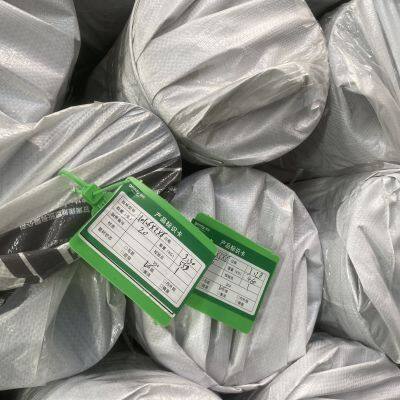 Read More
Read More -
304 stainless steel pipe, steam gas pipeline, mixed gas pipeline
January 6, 2026The 304 stainless steel pipe is suitable for steam pipelines and gas mixture pipelines. The 304 stainless steel materia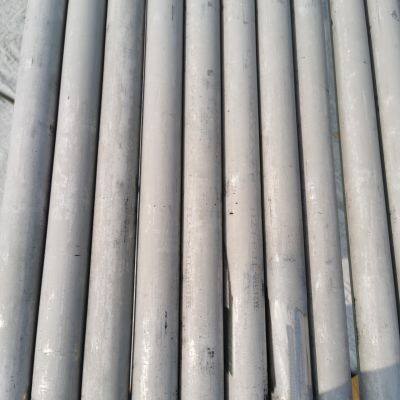 Read More
Read More -
What are the differences between 304 and 202 stainless steel pipes
January 6, 2026The main differences between 304 and 202 stainless steel pipes lie in their chemical composition, physical properties, corrosion r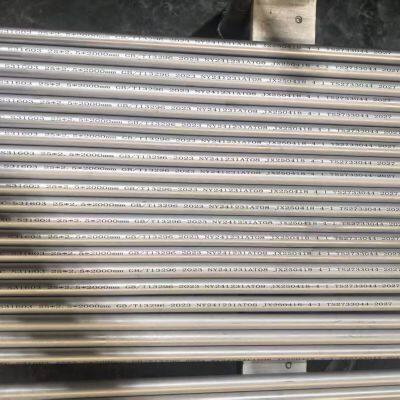 Read More
Read More -
The five common methods of connecting stainless steel water pipes
January 6, 2026Different methods of installing stainless steel water pipes The installation methods of stainless steel water pipes var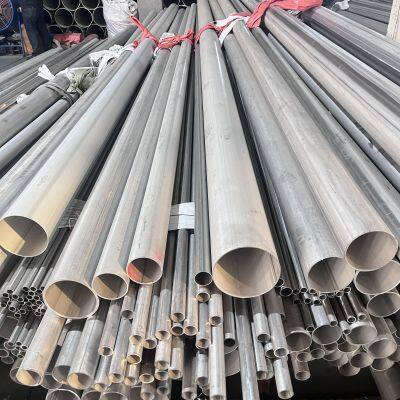 Read More
Read More

